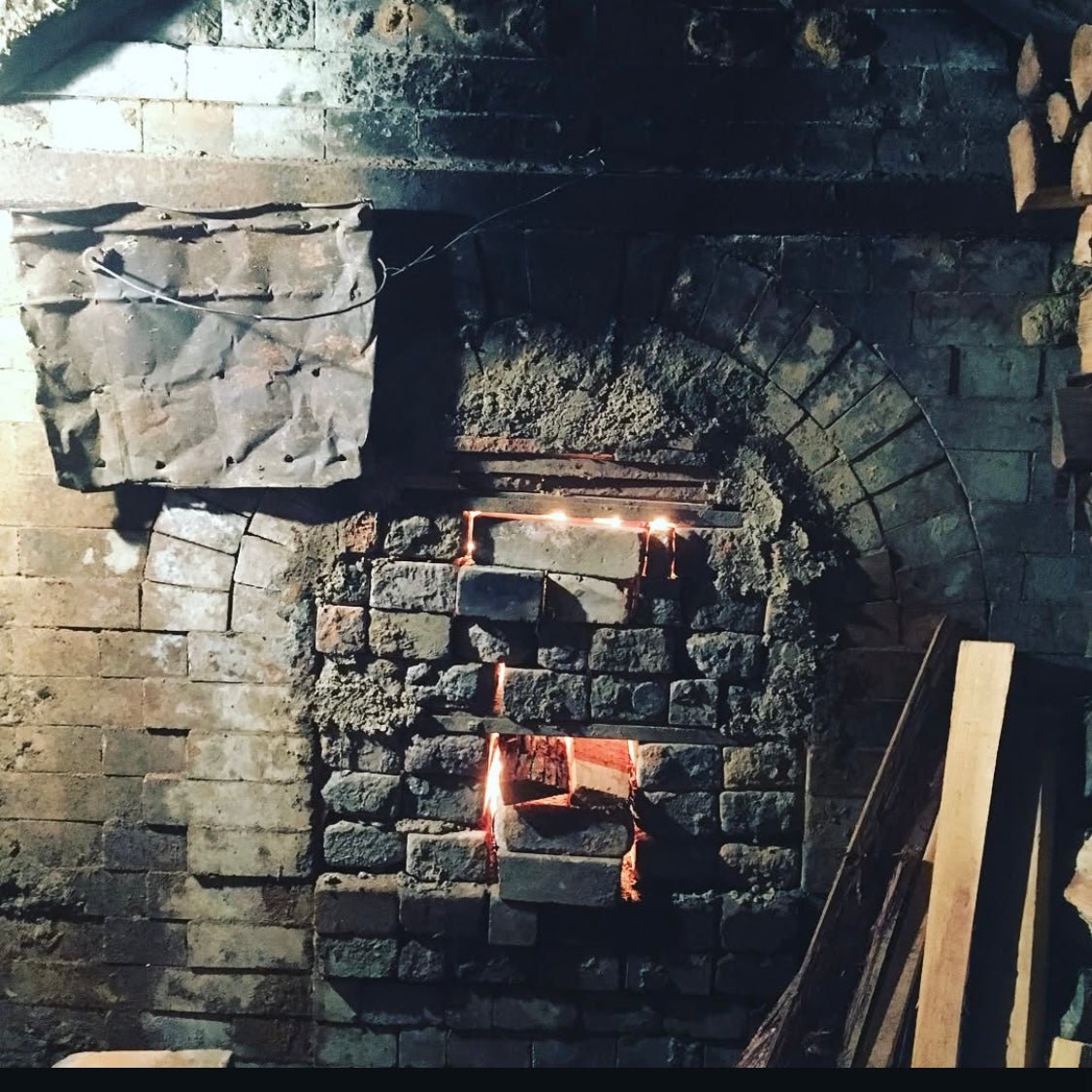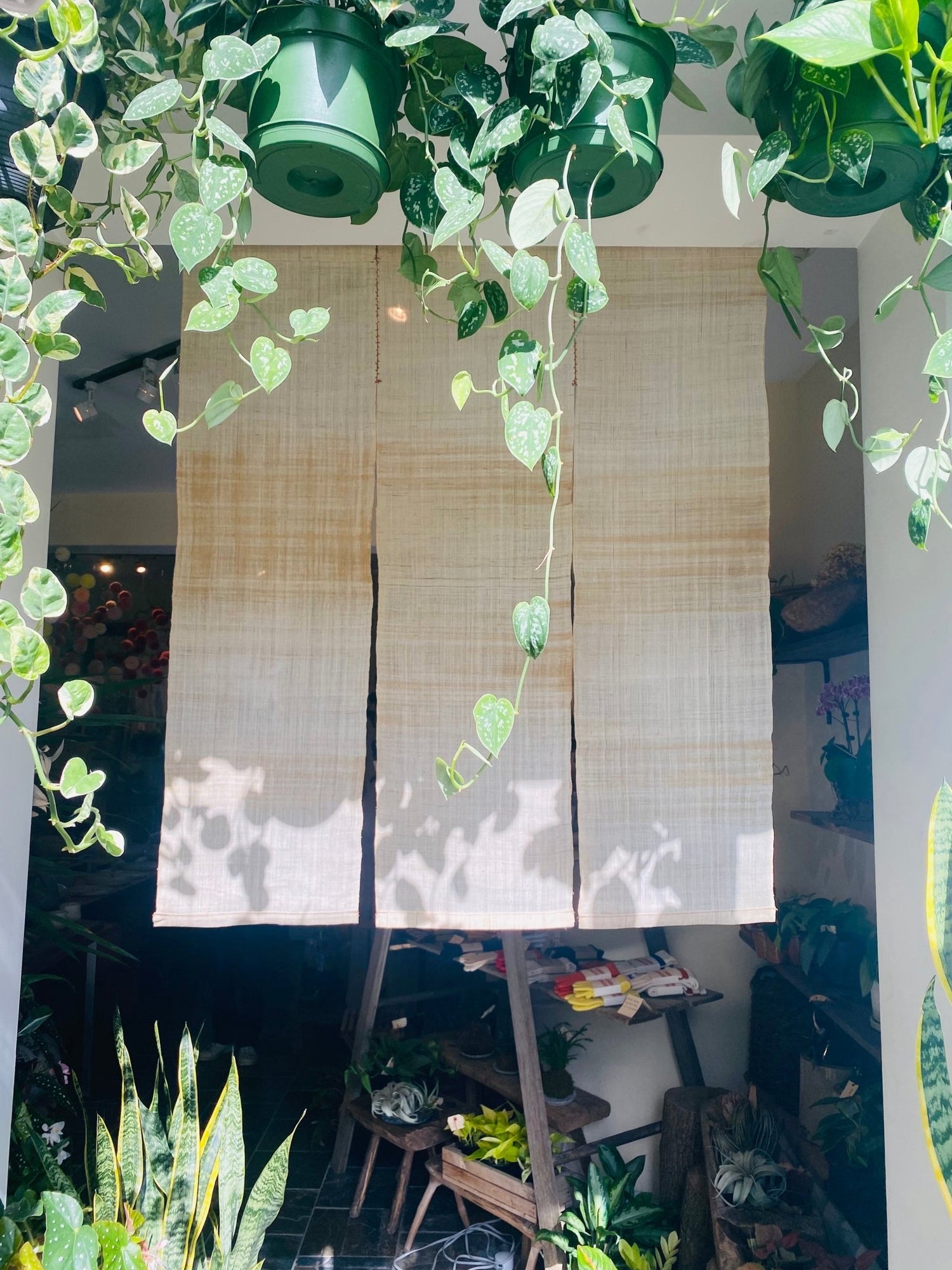Hello, with the spring sunshine, the scent of early summer is gradually beginning to permeate Toronto. Around this time in the Japanese countryside, preparations for rice planting begin. The fields are flooded, and on a calm, clear day, the blue sky is reflected on the water's surface, creating a beautiful scenery. Although I started writing this at the beginning of May, it has now turned into June, and rice planting has begun in Japan. In Toronto, the arrival of early summer means that more people are likely heading to cottages or going camping on weekends.
 (Rice field)
(Rice field)
In Japan, rice-based alcohol has been made since ancient times. It is said to have existed for over 2000 years. According to one theory, rice cultivation spread rapidly in ancient Japan because the rice-based alcohol was so delicious. Nowadays, high-quality Japanese sake is readily available even in Toronto, and sake enthusiasts are increasing across North America. More customers are visiting our store to find cups, bottles, and Katakuchi (sake pourers) for sake, and it makes me happy to see them carefully selecting each piece. This time, I would like to introduce the vessels for sake rather than the history of sake, as there are many experts in Canada who can do that.
Firstly, let's talk about the materials of sake vessels. The representative materials include ceramics, lacquerware, glass, and tin.
Sandstone(Stoneware,earthenware)are porous materials unlike porcelain or glass, characterized by their high heat retention and relatively low thermal conductivity. Generally, they are said to be suitable for drinking sake at room temperature or warm sake. Even when the surface is covered with glaze, the ceramic surface still has fine pores that can absorb aromatic components and rough tastes, making the texture feel smoother. It may not be suitable for delicate Daiginjo sake, but the ceramic that fits snugly in your hand is easy to become attached to and is suitable for savoring slowly due to its low thermal conductivity. As a result, it is often used to make larger cups called Guinomi. Additionally, even though it is fired at high temperatures, it retains some absorbency, which allows it to change with use, much like leather products or jeans. This makes it a very popular material from ancient times.
Next is porcelain. The difference between porcelain and sandstone lies in the raw materials used. Sandstone use materials closer to clay, while porcelain uses materials closer to stone. Ground stone is used, making the texture finer and giving it a glass-like quality when fired at high temperatures. Porcelain can be made thinner than sandstone, and since it is fired at high temperatures, it has lower heat retention and higher thermal conductivity compared to sandstone. Although it is not as smooth as glass, its smooth surface means that the taste does not change much, making it well-suited for clean-tasting sake. Many cups called choko, which are used for tasting sake, are made from this material. The basic taste of Japanese sake might be based on porcelain cups since they are often used for sake tasting.

Lacquerware is often used in religious ceremonies or celebrations. Its high insulating properties, light weight, and resistance to breaking when dropped are advantages. Lacquerware has minimal temperature changes, making it well-suited for temperature-sensitive sake, whether warm or cold. Lacquer, originally used for decoration and to increase strength, allows for long-term use if handled properly. However, it is sensitive to dryness, direct sunlight, and high temperatures, so it cannot be used in dishwashers or microwaves. Additionally, soaking it in water for a long time can cause the lacquer to peel, so it is recommended to wash it with a soft sponge and detergent after use.

( lacquerware)
Regarding glass, many people are familiar with it from wine and other beverages. Glass can be made thinner than porcelain and does not retain odors, allowing for the full enjoyment of the original flavor of sake. The most appealing feature of glass is its transparency, which allows one to enjoy the delicate color of sake. Recently, there has been an increase in sake tasting using glassware.

(Hirotaglass Sake glass)
Lastly, tin vessels have become increasingly popular in Japan over the past decade. Tin is a metal known for its resistance to rust and its softness. Tin also has the effect of dissolving impurities and oils produced during the fermentation of alcohol, resulting in a clean and refreshing taste. It is a material that can be enjoyed not only with sake but also with beer and wine. Additionally, the fine surface texture of tin creates finer bubbles in beer, resulting in a smoother mouthfeel. Its high thermal conductivity means it cools quickly, making it ideal for enjoying well-chilled beer in summer. However, due to its low melting point, it cannot be used in microwaves or dishwashers. We hope to carry tin vessels in our store in the future.

(Tin Sake cup)
Next, I would like to introduce the characteristics of the shapes of the vessels. You might be familiar with wine glasses and cocktail glasses, so let me introduce the four common shapes
 (Bowl shape, morning glory shape, bud shape, straight shape)
(Bowl shape, morning glory shape, bud shape, straight shape)
The first shape is the bowl shape. The lower half is rounded, and the upper half rises straight up, with a wide mouth. This shape allows the aroma to be easily perceived as the sake gets closer to the nose when drinking, and the sake touches the center of the tongue, making the taste clear and straightforward. It is considered the least peculiar shape.
The second shape is called the trumpet or morning glory shape. It has an even wider mouth than the bowl shape, with tall or short variations. This shape brings the aroma even closer and allows the sake to touch the back of the tongue, providing a refreshing aftertaste. In my personal opinion, sake enthusiasts in Japan often prefer this trumpet shape.
The third shape is the bud or round shape, which is closest to a wine glass. It traps the aroma inside the cup, allowing the sake to touch the entire tongue, making it possible to fully appreciate the taste. This shape has become more common with the popularity of enjoying sake in glasses, although it was rarely seen when I lived in Japan.
The fourth shape is the straight shape. This shape is characterized by a narrow mouth and an inverted triangular shape. When drinking, the sake touches the back of the tongue and the throat, spreading the taste and aroma to the back of the nose.
It is often said that bowl shapes are good for enjoying the flavor and aroma of Honjozo or Namazake, trumpet shapes are good for enjoying the refreshing throat feel of Ginjo sake, bud shapes are good for appreciating the aroma of Junmai sake, and straight shapes are suitable for aged sake or Koshu. However, if you like the taste of sake but not the rice smell, it might be good to drink Jjunmai sake from a straight cup or let it interact with air in a trumpet-shaped cup to soften the aroma. I hope you will first try the conventional methods and then find your own preferences.
The enjoyment of sake is not limited to the cups; there are also sake bottles, Katakuchi, and Choshi for pouring, and the combinations can vary depending on the season, people, and occasions, making it a truly unique experience each time.

(Shigaraki(Sandstone) ware Katakuchi and 17th century Korean porcelain guinomi)
Sake vessels are often more expensive than other vessels due to their size and the craftsmanship involved. I also price sake vessels higher. This is because sake vessels have been historically used in religious ceremonies, celebrations, and tea ceremonies, and they have a history of being cherished with great care. Even today, there are many enthusiasts and collectors of sake vessels, and some antique pieces can cost tens to hundreds of thousands of yen. As the number of restaurants serving Japanese sake increases and the appreciation for sake grows, I hope people will also pay attention to sake vessels and enjoy creating their own sake sets. Japanese cuisine is known for its variety of vessels, and changing the vessels can change the taste. This applies not only to sake but also to coffee, tea, and daily meals. I hope to continue creating vessels that can bring changes to your meals.
Recommended places to drink sake in Toronto
*Sakai bar: Instagram@sakaibarto
*Mhel: Instagram@mhelisanchovy
The perfect book of Sake:Exploring the World of Japanese Craft Sake
Blog: Nancy Matumoto (Author of Exploring the World of Japanese Craft Sake)
School of fermentation: Hakko Gakko
Lacquerware: Wajima lacquerware





